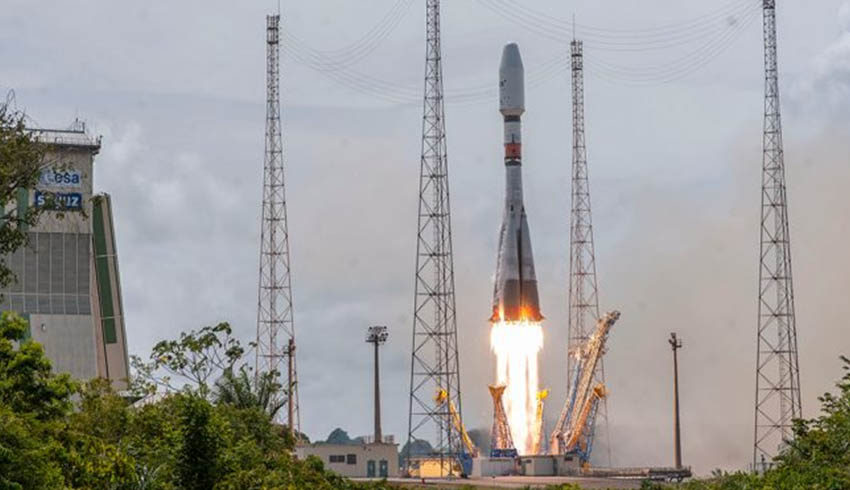The four satellites were launched aboard a Russian Soyuz rocket from the Arianespace launch site in French Guiana on 4 April and successfully deployed into medium-Earth orbit.
These will form part of the O3b constellation and will be operated by SES, a Luxembourg-based company and one of the world’s leading satellite service providers.
The four new satellites, which operate in the Ka band, will soon join the rest of the O3b constellation about 8,000 kilometres above the Earth, serving customers in almost 50 countries.
"They will improve connectivity capabilities, increase performance and serve to seamlessly scale the existing O3b constellation," Arianespace said in a statement.
"By increasing the size of the constellation from 16 to 20 satellites, SES Networks will offer enhanced coverage while providing greater service availability and reliability to cater for the increasing demand for bandwidth in government and in the telecommunication, cloud, maritime and energy markets."
The O3b constellation has been in commercial service since 2014, with satellites launched in groups of four aboard Arianespace Soyuz rockets.
Arianespace said it also planned to launch a SES geostationary satellite at an unspecified date.
SES video customers access services through direct-to-home platforms and cable, terrestrial and IPTV networks. Customers use SES satellites for industries such as telecommunications, energy and aerospace.
These four satellites launched on Arianespace Flight VS22 were the 58th, 59th, 60th and 61st for SES.
These satellites were manufactured by Thales Alenia Space.

